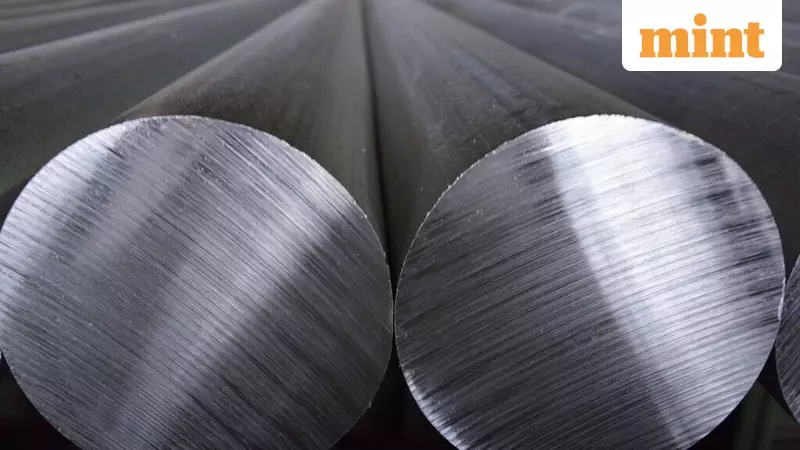
In the often unpredictable world of public sector undertaking (PSU) stocks, where investor sentiment swings wildly between extreme optimism and pessimism, one metals giant is quietly building an impressive investment case. National Aluminium Company Limited (Nalco) has just reported its best-ever second quarter performance for FY26, creating what appears to be a significant valuation gap that demands investor attention.
Record-Breaking Financial Performance
The September quarter of FY26 marked a turning point for Nalco, with the company delivering 7% year-on-year revenue growth and spectacular volume increases. The standout performance came from alumina sales, which jumped 39% to 396 kilo tonnes, driven by a 33% increase in exports and a remarkable three-fold surge in domestic alumina sales.
What makes these numbers even more impressive is the company's financial foundation. Nalco maintains a debt-free balance sheet with approximately ₹80 billion in cash reserves as of September 2025. The company achieved a standalone return on equity of 32.3% in FY25, demonstrating exceptional capital efficiency rarely seen in PSU stocks.
Structural Cost Advantages Driving Profitability
A key factor behind Nalco's resilient performance lies in its evolving cost structure. The company's increasing reliance on captive coal production is expected to meet nearly 57% of its power requirements, providing a structural cost advantage that significantly improves its competitive positioning.
This shift toward self-sufficiency in power generation has helped Nalco move meaningfully down the global alumina cost curve. Lower power and fuel costs, combined with steady efficiency improvements across its refinery operations, have contributed to expanding segmental margins despite volatile commodity prices.
The company's ability to maintain profitability even with alumina spot prices hovering around $320-340 per tonne underscores the strength of its operational model and cost management capabilities.
Major Expansion Pipeline Ahead
Nalco stands at the cusp of a significant capacity expansion phase that the market appears to be underestimating. The company has two major upgrades in the pipeline that could transform its growth trajectory.
The 1 million tonnes per annum alumina refinery expansion is currently 80% complete and scheduled to become operational soon. This project will increase the company's refining capacity from 2.1 mtpa to 3.1 mtpa, adding approximately five lakh tonnes of alumina production in FY27.
Additionally, Nalco is developing a 0.5 mtpa aluminium smelter supported by a 1,080 MW captive power plant. The detailed project report work is underway, with commissioning targeted for 2030. Together, these projects represent nearly ₹30,000 crore in capital expenditure.
Compelling Valuation Case
Despite these strong fundamentals and growth prospects, Nalco trades at what appears to be discounted valuations. The stock currently trades at just 7.8 times earnings and 4.5 times EV/EBITDA, levels typically reserved for companies facing financial stress or industry decline.
The company also offers investors an attractive dividend yield of approximately 4.5%, providing income while waiting for potential capital appreciation. This valuation disconnect becomes even more striking when considering Nalco's peer group, where companies with similar return profiles command significantly higher multiples.
Market sentiment toward Nalco had weakened over the past year as alumina and aluminium prices cooled from their peaks. The June quarter particularly disappointed investors with softer realizations, near-zero metal exports, and monsoon-related dips in domestic aluminium demand. However, the strong September quarter performance suggests these were cyclical rather than structural issues.
With the worst likely behind, costs moving decisively lower, new capacity coming online, and cash generation remaining robust, Nalco appears to be ticking all the boxes that typically precede a significant valuation rerating. The timing remains uncertain, but the direction of improvement is becoming increasingly clear for long-term investors willing to look beyond short-term commodity price fluctuations.





